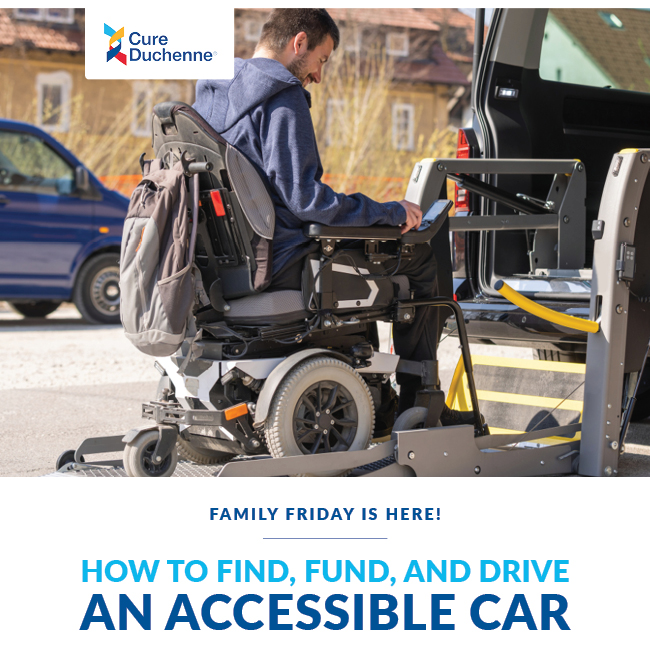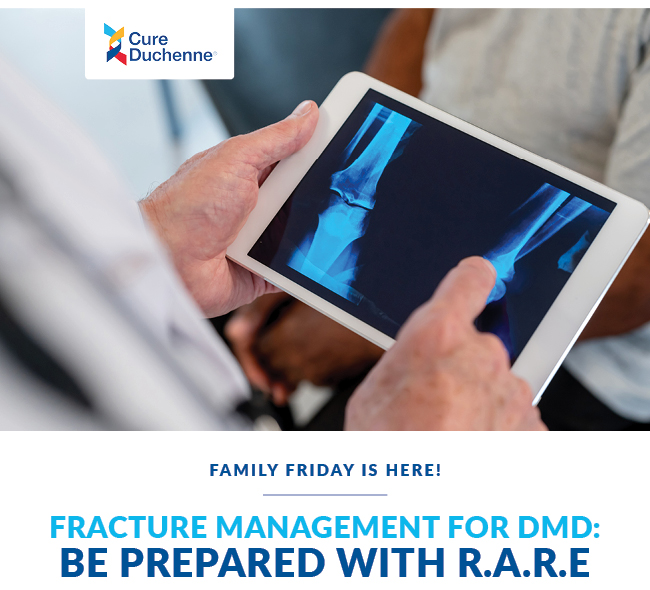How You Can Drive with a Disability

While many individuals who use mobility devices may be interested in driving, the journey to a wheelchair-accessible vehicle often involves navigating significant physical and financial hurdles.
Accessible vehicles and adaptive technologies offer independence but come with high costs—sometimes as much as $80,000 – according to the National Highway Traffic Safety Administration. Starting the process early is crucial, as it involves several steps to identify the right vehicle and secure necessary funding through organizations and government aids.
From Idea to Reality
Race Martinez, 19, has Duchenne muscular dystrophy and is nearly at the point where he can drive himself around Albuquerque, New Mexico on his own. The van he’s ordered will arrive at the end of April and then the joystick conversion will be added after that. After completing the written driving test, he will be on the road.
“I’m excited to drive myself to and from school and get out of the house whenever I need a break,” said. “It’s the independence I’m most excited for.”
He started taking the in-class portion of driver’s ed when he was 17. Then he discovered his state’s Department of Vocational Rehab pays for the full cost of the ramp and any adaptive equipment as long as he promises to work.
Martinez partnered with Driving to Independence in Arizona, who taught him how to drive an adaptive vehicle with a joystick. It took him about a week to master using a small joystick to drive a two-ton vehicle, specifically going in reverse. Instead of pushing the joystick back, he sets the car into reverse and pushes it forward. On his power chair, he pushes his joystick back to go backward, so the new method took some getting used to.
While he was able to purchase the car chassis on his own because he was in an accident, his twin brother with Duchenne is utilizing the resources Driving to Independence has provided in addition to funding from Team Joseph.
Finding Funding
Before moving forward with the process of finding a vehicle, it’s important to determine how the vehicle will be funded. There are financing options from dealers, but there are also many organizations and government programs that can help. Some are specific to Duchenne, while others cover all types of disabilities. You might also consider starting a grassroots fundraiser on a platform like GoFundMe.
- State Vocational Rehab: This changes state by state, but if you are working or in school, they may be able to help fund a wheelchair accessible vehicle and driver’s education
- Jett Foundation Accessible Vehicle Fund: If you can raise the money for half of the cost of a van, the Jett Foundation will cover the rest
- Duchenne Family Assistance Program (DFAP): This program, run by Team Joseph, provides personalized financial support and guidance to Duchenne families
- Variety Freedom Program: This initiative grants items and services, including modified vehicle access, that can help children become more independent
- Magic Mobility Vans: Part of the Special Kids Fund nonprofit, Magic Mobility Vans provides wheelchair vans to families of children with disabilities
- Chive Charities grants: This organization provides grants to individuals with life-altering or life-threatening needs to help fill the gaps where insurance and other resources do not.
- Friends of Disabled Adults & Children: While this organization does not provide adaptive vehicles, it can help you install any lifts for a scooter or wheelchair depending on the vehicle
NOTE: Call ahead to see if you qualify for these programs. Sometimes the website does not accurately reflect which grants are available and what the criteria are.
Evaluate Your Ability and Needs
Duchenne is a variable disease, so what might work for one person may not work for another. You will first need to come up with answers to the following questions:
- How many passengers will you be transporting? How many of them have Duchenne?
- Will any of them be driving? What adaptive aids will you require (i.e. hand controls, joystick, zero effort steering)?
- Would it be prudent to add aids that aren’t necessary now but might be required later? Or are there aids that can easily be added later?
- How will you be entering the vehicle? From the rear or side?
- Will someone be there to help the individual get in the vehicle?
- Are there cold weather concerns where you live? (Some automatic equipment might not function as well)
- Do you have room to park a vehicle with modifications? (Note: many of these vehicles are slightly taller due to modifications)
- Do you travel a lot?
- Are you typically parking in a lot, on the street, in a garage, etc.?
- What are the dimensions of your wheelchair?
- Does your state allow you to retrofit an older vehicle with adaptive equipment?
If the person with Duchenne wants to drive, a driving rehabilitation specialist will work with them to assess strength, comfortability, and overall ability to drive. They will have a few types of cars and adaptive equipment so you can determine what combination is best. Be sure to ask them if they have any recommendations on dealers or equipment.
You can also search for an adaptive driving school that will take someone through the basics and also better train them on the equipment they might need.
NOTE: You will still have to complete driving education on your own
Once you have a better sense of why you need a wheelchair-accessible vehicle and how you would use it, you can be informed as you choose from many options available.
What Are My Options?
While there are many different types of vans, they all generally fall under two categories: side or rear entry. It’s important to note that the individual with Duchenne cannot ride in the front or drive with a rear entry vehicle. The Jett Foundation breaks down the pros and cons for each in this handout.
Within those two categories, you can choose the ramp and/or lift you want. If it is a smaller minivan or SUV, a lift may not fit. It’s typical to find minivans with either in-floor or fold out ramps. In-floor ramps are useful for unpredictable terrain but are more expensive than manual fold out ramps. Fold out ramps are less likely to have maintenance issues but may be hard or impossible for someone with Duchenne to independently operate.
If you or your child are still ambulatory, you may want to consider a lift in the rear for a scooter and a seat that can swivel out for easier transfers. Otherwise, you can install a lift in the rear and find a car that is at a safe height for someone with Duchenne to easily sit down and stand up in.
In addition to van and ramp types, there are many types of car modifications that an individual with Duchenne can use if they are interested in driving. They range from a steering knob that has secondary controls (i.e. turn signal, lights, windshield wipers) to a push-to-brake lever to joysticks. Electronic Mobility Controls is one of the largest companies that produces these types of modifications.
Finding the Right One
Search your area for dealers that specialize in accessible vehicles. Some websites, such as The Mobility Resource, can help narrow down the search. These vehicles are typically manufactured by Braun Ability or Vantage Mobility International (VMI). Here are some well-known dealers throughout the U.S.:
You can also find more through the dealer locator at Braun Ability and VMI. The National Mobility Equipment Dealers Association also provides a list on their website.
As with any car buying experience, use caution when buying used vehicles. Ensure it comes from a trusted source, test drive it, and inspect the vehicle in-person.
For drivers with Duchenne, the dealer will need time to adapt the vehicle with the proper adaptive equipment that was recommended by the driving rehabilitation expert.
Ready to Drive?
Driving or riding with Duchenne can be possible, but it takes time and effort to find the right vehicle that works for you and fund it. There are plenty of examples of young men with Duchenne who have been able to successfully drive on their own with a little bit of time and effort. And when you do get there, you can experience the privilege and freedom of driving for yourself.
Additional Resources
- National Council on Independent Living: The disabled-led independent living movement focuses on its mission of helping people with disabilities fully participate in society
- Vehicle and Ramp comparisons (Jett Foundation)
- Wheelchair accessible grant look-up
- Step-by-step guide by the National Highway Traffic Safety Administration




